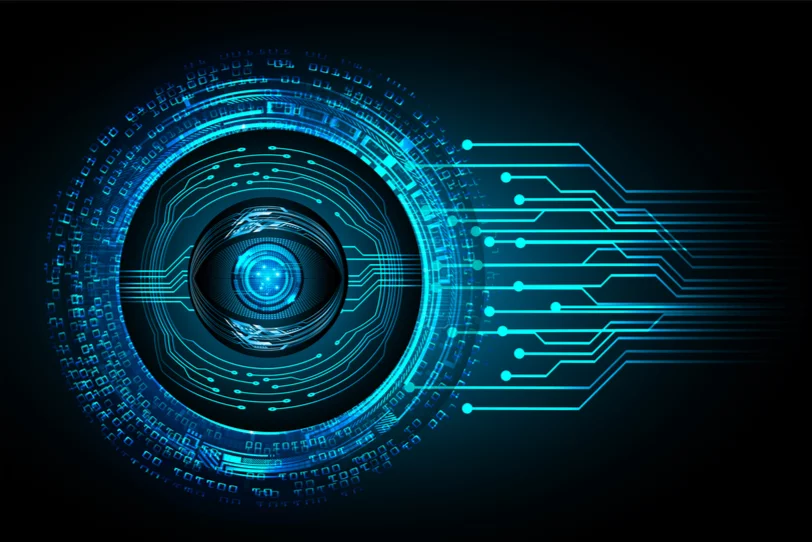
Everyone is familiar with normal gravity. It follows a simple principle that earth attracts everything towards its center. Gravity is a very important physics concept. Most people think that it is a physical force. They only think about gravity in 2-dimensional terms. However, gravity is pulling from every direction. Planets are the best example of this concept. You can consider devices in a network as virtual planets in a digital space. They are similar to physical planets. Thus, they also exert their own pull on the network. This concept is commonly known as Data Gravity.
Definition of Data Gravity:
Dave McCrory was the first one to coin this term in 2010. He was trying to explain that large amount also exerts a pull in IT systems. It is just like normal gravity. According to physics, objects with huge mass can pull or attract objects with less mass. You can use it for explaining many things. The moon orbits the Earth because of this concept. Also, Earth is revolving the sun due to gravity pull.
However, data is not exerting a gravitational pull. But, you can use this concept for understanding your network. This is the reason why small applications try to gather around large applications. Also, applications are always growing with time. Thus, it becomes difficult to move these applications.
Latency and Data Gravity
Latency is an important part of data distribution. We can’t talk about data distribution without talking about latency. The main reason behind data gravity is that network applications and systems work better when they are closer. The law of physics still constraints the data transfer speed. You can’t transfer data faster than the speed of light. Every bit of your data will travel from one place to another in your network. Thus, your data must always be closer to its destination. This will ensure that they can travel faster in your network.
Storage and Data Gravity
In the past, we used to store data in physical databases and mainframes. The mainframe computer was the center of your network. However, now most companies are adopting cloud technology. Due to this, the effect of data gravity is becoming more important for the organization. They need to find out where they are storing their data. Also, they need to figure out how fast their datasets are growing. This will help them in creating an IT transformation strategy.
However, it is difficult to handle large amounts of data. You can’t move it. It is important to make sure that you are organizing your data. However, modern infrastructures are spread across hundreds of servers and systems. These servers can be both virtual and physical.
We always want our data to flow freely in our network. However, it is difficult to move large amounts of data. Also, this can be very risky for your organization. More companies are adopting a hybrid IT infrastructure. Enterprises are using both public and private cloud computing. Thus, the problem is becoming more complex with time.
Data Gravity and Enterprises
Companies are generating huge amounts of data. They are gathering data from their applications. You can analyze this data for finding patterns. This will help your enterprise in understanding your customer needs. Thus, you can create innovative applications for your customers. Also, this will help you in growing your business. However, most of the data is actually unstructured. You need to use complex algorithms for analyzing it. It is best to use ML and AI for handling your data.
You need to shift your data to the location where your analytics applications are running. If you have a large network system with various storage systems, then it is going to be difficult to shift your data. Thus, it will be difficult to manage your big data demands.
Hyper-convergence and Data Gravity
These are some major challenges for enterprises. Thus, enterprises are looking for a new solution. Hyper-converged infrastructures can help you in dealing with these challenges. It will help you in breaking down the barrier between storage and computing resources.
Data analytics applications only work when they own the data that they are analyzing. Thus, it is important to ensure that these applications can access your data. Hyper-convergence will help you in enabling data consolidation. This will ensure that you can easily manage your data. Also, you can use your full computing power. It is the best solution for dealing with data gravity.
However, storage optimization is a big issue with this infrastructure. Also, scalability is another issue with this infrastructure. If your organization is gathering data, then scalability is an important factor for you. It will ensure that you can grow your business easily. Also, you need storage optimization with scalability. This will ensure that you are storing important data first. Thus, you can access important data easily. It will also ensure that you are storing less important data in slower capacity storage. This will help you in reducing the costs of your storage facility.
Conclusion
Data collection is becoming more important with time. Companies are gathering data from their customers. After that, they are analyzing this data for patterns. This will help your enterprise in taking better decisions. Companies are becoming more dependent on data analysis. Thus, data gravity is becoming a major issue. It is important to deal with your growing datasets. If you are not managing your datasets, then it will become very large with time. Thus, it will become very difficult to manage. Also, it will become impossible to manage your data set. You can adopt the hyper-converged IT infrastructure. It will help you in dealing with data gravity. If you want to know more data gravity, then you can contact Bleuwire.
Contact us today to learn about Bleuwire™ services and solutions in how we can help your business.





